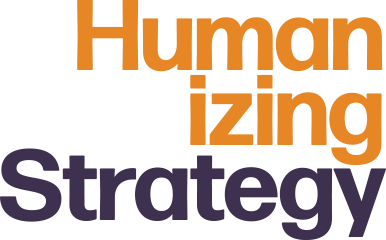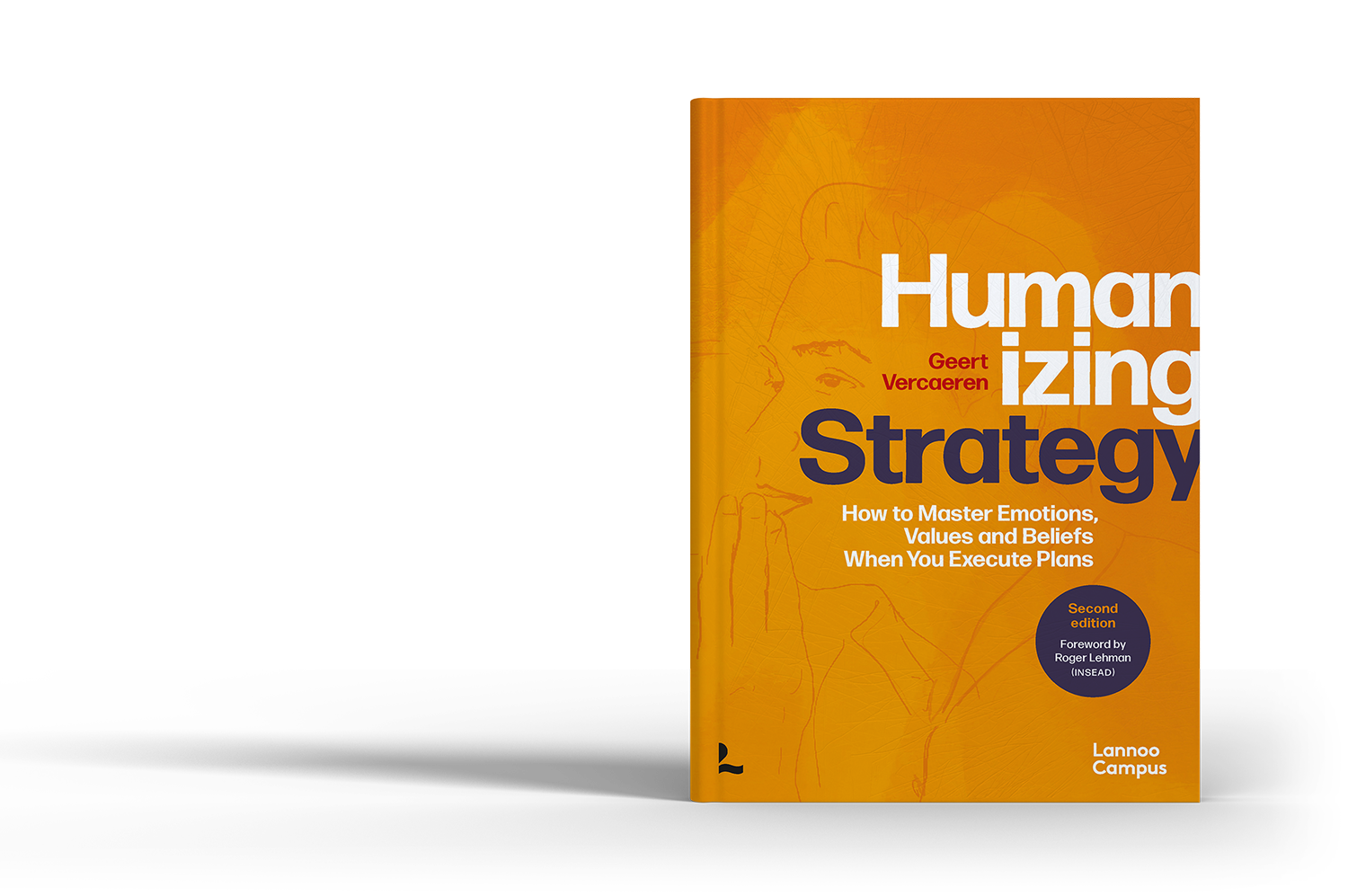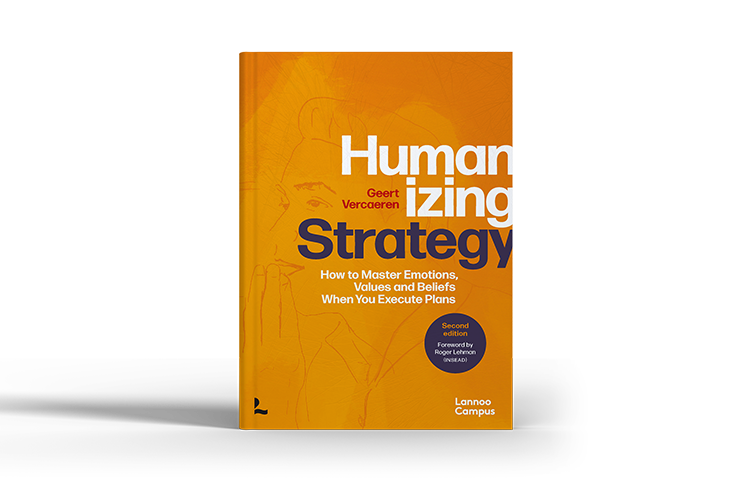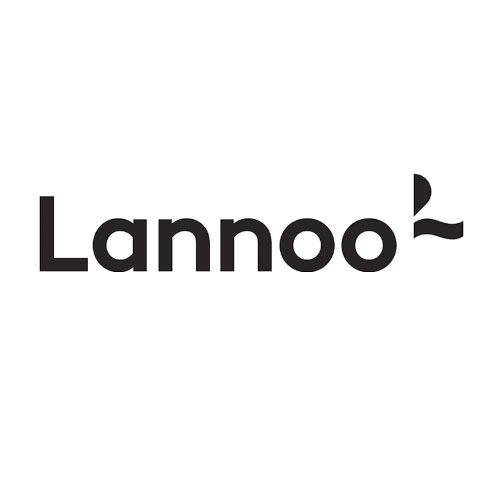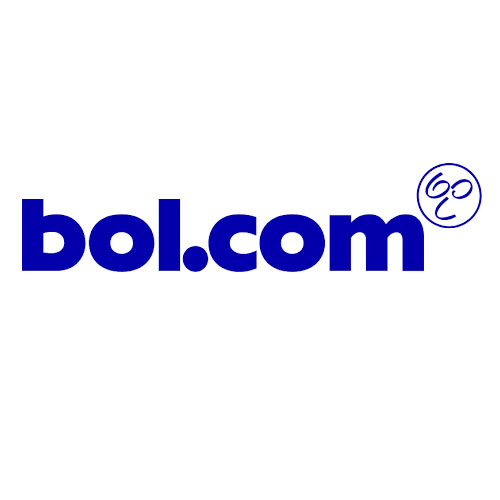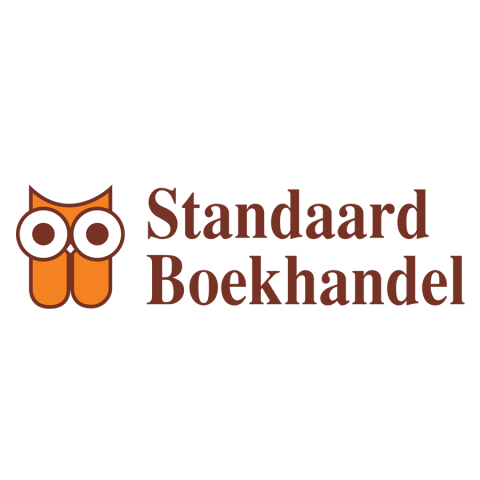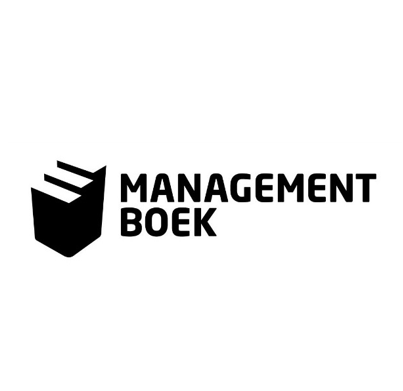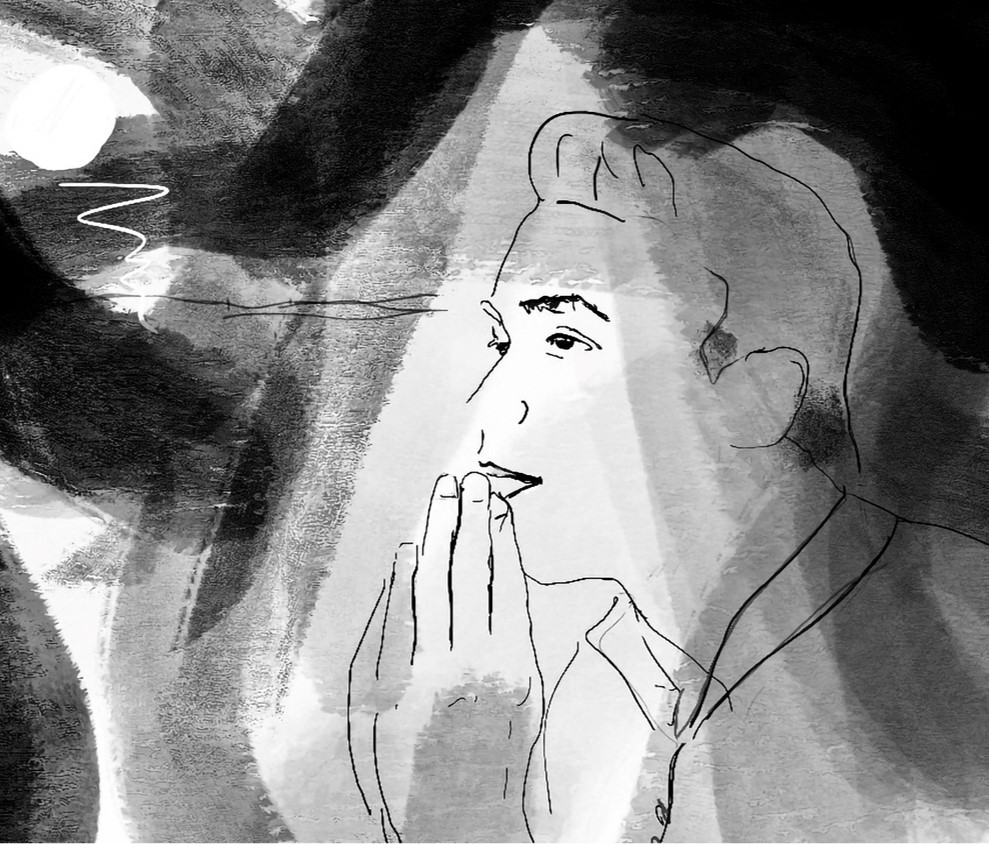
The five hopes of today’s leaders
|HUMANIZING STRATEGY|
The book Humanizing Strategies is structured around the five challenges and hopes of today’s leaders. It gives you insights and practical tools on how to deal with these critical challenges by taking a human-centred approach; it will show you how to humanize your strategy and make it really work.
What do you hope for as leader today?
Looking at my organization today, investing in one or more of the following areas will have a positive impact on the successful realization of our strategy:
- A team acts as ONE team
- The people in my organization work together spontaneously across teams
- People act and focus in line with the strategy, set the right priorities and execute plans and decisions taken
- I inspire and create commitment to the strategy from within the organization
- I have a future-proof organization based on efficiency, values, trust and fun
Discover your priority challenges and hopes
The book is structured around the five challenges and hopes of today’s leaders. It will give you insights and practical tools on how to deal with these critical challenges by taking a human-centred approach; it will show you how to humanize your strategy and make it really work.
Looking at my organization today, the biggest challenges we have to realize our strategy are:
Chapter 1 on 'Humanizing TEAM performance' will interest you.
Your CHALLENGE: Much time, effort and energy of team members is sidetracked by emotions, tensions and conflicts
Your HOPE: A teams acts as ONE team
Summary of chapter 1
Effective teamwork is identified as one of the core practices in high-performing organizations. The ability to quickly build, deploy, disband, and reform teams is a critical skill for today’s organizations. The story “From me to we” shows that effort and time within teams is easily sidetracked by emotions, tensions, and conflicts. Unconscious dynamics are often a source of ineffectiveness in a team. The author elaborates on three less conventional, human-centred tactics, which he found highly impactful in building high-performing teams. Finally, he will provide you with practical tools to get started on acting as ONE team.
Chapter 2 on 'Humanizing COLLABORATION' will interest you.
Your CHALLENGE: Getting rid of the silos within my organization
Your HOPE: The people in my organization work together spontaneously across teams
Summary of chapter 2
Inter-group collaboration is often ineffective. It does not create the intended value and even destroys company value. In this chapter, we discuss the highly complex phenomenon of collaboration. The story “Us versus Them” shows that although the start of a collaboration can be conscious and rational, the process is often influenced by hidden emotional and unconscious motives and dynamics. The author elaborates on three less conventional, human-centred tactics that, in his experience, are highly impactful in helping teams to work together. Finally, he will provide you with practical tools to start getting rid of your silos.
Chapter 3 on 'Humanizing CULTURE shifts' will interest you.
Your CHALLENGE: People in my organization do not act and focus in accordance with our strategic objectives
Your HOPE: People act and focus in line with the strategy, set the right priorities and execute plans and decisions taken
Summary of chapter 3
"The way we do things around here”, or the culture of an organization, exerts a powerful influence on its success. Defining your desired culture is not that difficult. The story “Who needs to change first?” shows that the proof of the pudding is in the eating; embedding new behaviours is a challenging journey, but achievable. The author elaborates on three less conventional, human-centred tactics that he has seen to be highly impactful to shift towards desired behaviours supporting your strategy. Finally, he will provide you with practical tools to start getting your people to behave in line with your strategic objectives.
Chapter 4 on 'Humanizing LEADERSHIP' will interest you.
Your CHALLENGE: People in my organization do not engage with the vision I shared
Your HOPE: I inspire and create commitment to the strategy from within the organization
Summary of chapter 4
If the leadership dimension is not properly in place, organizations simply cannot be successful. Effective leadership corresponds directly with organizational performance; a single change in the behaviour of a leader could trigger a significant impact on the performance of the business, either positively or negatively. The story “Uncomfortable reflections” shows that reflection is not part of the dominant logic in our (professional) lives and that self-awareness is the essential starting point to trigger potential shifts in mindset and behaviour as a leader. The author elaborates on three less conventional, human-centred tactics that he experienced as highly impactful for leaders in inspiring and creating commitment to the strategy from within the organization. Finally he will provide practical tools to get you started in making this happen.
Chapter 5 on 'Humanizing future-proof ORGANIZATIONS' will interest you.
Your CHALLENGE: My organization is not ready to deal effectively with the rapidly changing challenges
Your HOPE: I have a future-proof organization based on efficiency, values, trust and fun
Summary of chapter 5
Organizations today operate in the context of increased complexity, uncertainty, and continuous change. How future work is organized within organizations and within the broader ecosystems is a significant accelerator in the performance of organizations. It significantly impacts future value creation, staying relevant and survival. The story “Speed, Gears and Brakes” shows how to build an organization that is able to deal effectively with the challenges of rapid change and to stay relevant in the future. The author elaborates on three less conventional, human-centred tactics that are highly impactful in building future-proof organizations. Then, he will give you the toolkit for building your future-proof organization based on efficiency, values, trust, and fun.
Looking at my organization today, investing in one or more of the following areas will have a positive impact on the successful realization of our strategy:
Chapter 1 on 'Humanizing TEAM performance' will interest you.
Your CHALLENGE: Much time, effort and energy of team members is sidetracked by emotions, tensions and conflicts
Your HOPE: A teams acts as ONE team
Summary of chapter 1
Effective teamwork is identified as one of the core practices in high-performing organizations. The ability to quickly build, deploy, disband, and reform teams is a critical skill for today’s organizations. The story “From me to we” shows that effort and time within teams is easily sidetracked by emotions, tensions, and conflicts. Unconscious dynamics are often a source of ineffectiveness in a team. The author elaborates on three less conventional, human-centred tactics, which he found highly impactful in building high-performing teams. Finally, he will provide you with practical tools to get started on acting as ONE team.
Chapter 2 on 'Humanizing COLLABORATION' will interest you.
Your CHALLENGE: Getting rid of the silos within my organization
Your HOPE: The people in my organization work together spontaneously across teams
Summary of chapter 2
Inter-group collaboration is often ineffective. It does not create the intended value and even destroys company value. In this chapter, we discuss the highly complex phenomenon of collaboration. The story “Us versus Them” shows that although the start of a collaboration can be conscious and rational, the process is often influenced by hidden emotional and unconscious motives and dynamics. The author elaborates on three less conventional, human-centred tactics that, in his experience, are highly impactful in helping teams to work together. Finally, he will provide you with practical tools to start getting rid of your silos.
Chapter 3 on 'Humanizing CULTURE shifts' will interest you.
Your CHALLENGE: People in my organization do not act and focus in accordance with our strategic objectives
Your HOPE: People act and focus in line with the strategy, set the right priorities and execute plans and decisions taken
Summary of chapter 3
"The way we do things around here”, or the culture of an organization, exerts a powerful influence on its success. Defining your desired culture is not that difficult. The story “Who needs to change first?” shows that the proof of the pudding is in the eating; embedding new behaviours is a challenging journey, but achievable. The author elaborates on three less conventional, human-centred tactics that he has seen to be highly impactful to shift towards desired behaviours supporting your strategy. Finally, he will provide you with practical tools to start getting your people to behave in line with your strategic objectives.
Chapter 4 on 'Humanizing LEADERSHIP' will interest you.
Your CHALLENGE: People in my organization do not engage with the vision I shared
Your HOPE: I inspire and create commitment to the strategy from within the organization
Summary of chapter 4
If the leadership dimension is not properly in place, organizations simply cannot be successful. Effective leadership corresponds directly with organizational performance; a single change in the behaviour of a leader could trigger a significant impact on the performance of the business, either positively or negatively. The story “Uncomfortable reflections” shows that reflection is not part of the dominant logic in our (professional) lives and that self-awareness is the essential starting point to trigger potential shifts in mindset and behaviour as a leader. The author elaborates on three less conventional, human-centred tactics that he experienced as highly impactful for leaders in inspiring and creating commitment to the strategy from within the organization. Finally he will provide practical tools to get you started in making this happen.
Chapter 5 on 'Humanizing future-proof ORGANIZATIONS' will interest you.
Your CHALLENGE: My organization is not ready to deal effectively with the rapidly changing challenges
Your HOPE: I have a future-proof organization based on efficiency, values, trust and fun
Summary of chapter 5
Organizations today operate in the context of increased complexity, uncertainty, and continuous change. How future work is organized within organizations and within the broader ecosystems is a significant accelerator in the performance of organizations. It significantly impacts future value creation, staying relevant and survival. The story “Speed, Gears and Brakes” shows how to build an organization that is able to deal effectively with the challenges of rapid change and to stay relevant in the future. The author elaborates on three less conventional, human-centred tactics that are highly impactful in building future-proof organizations. Then, he will give you the toolkit for building your future-proof organization based on efficiency, values, trust, and fun.
